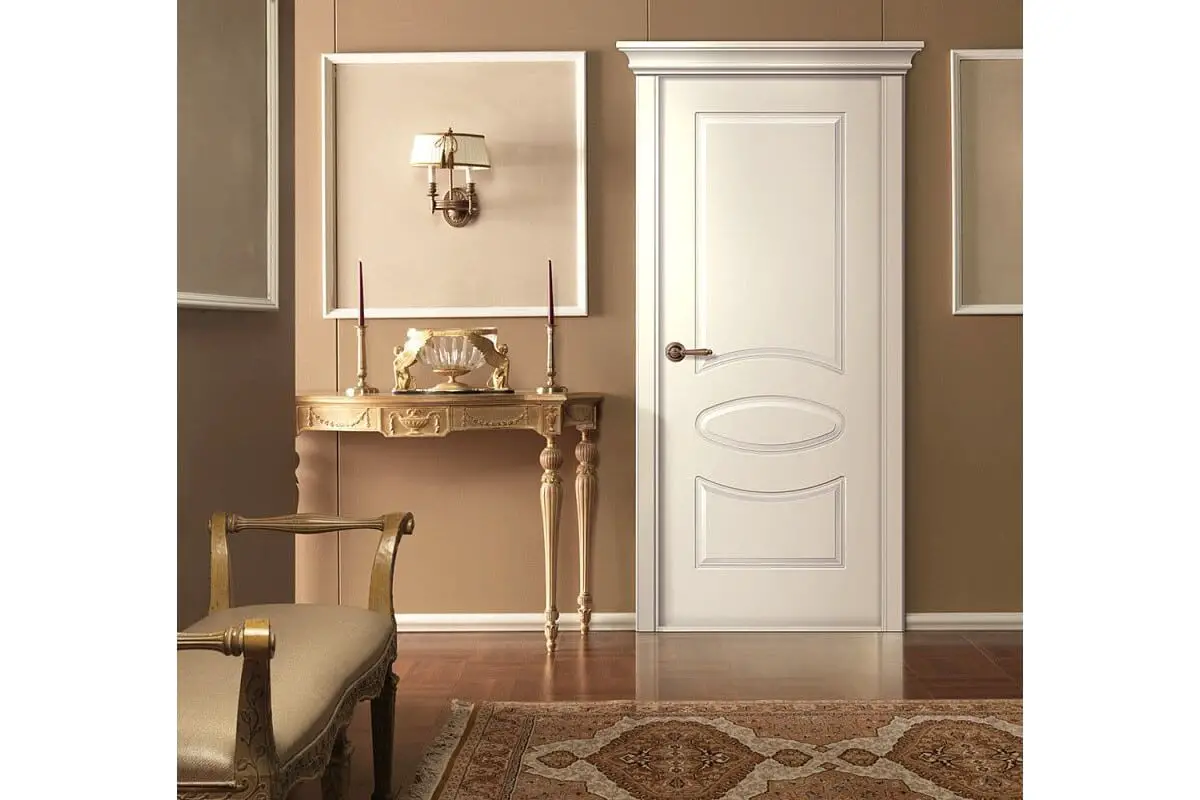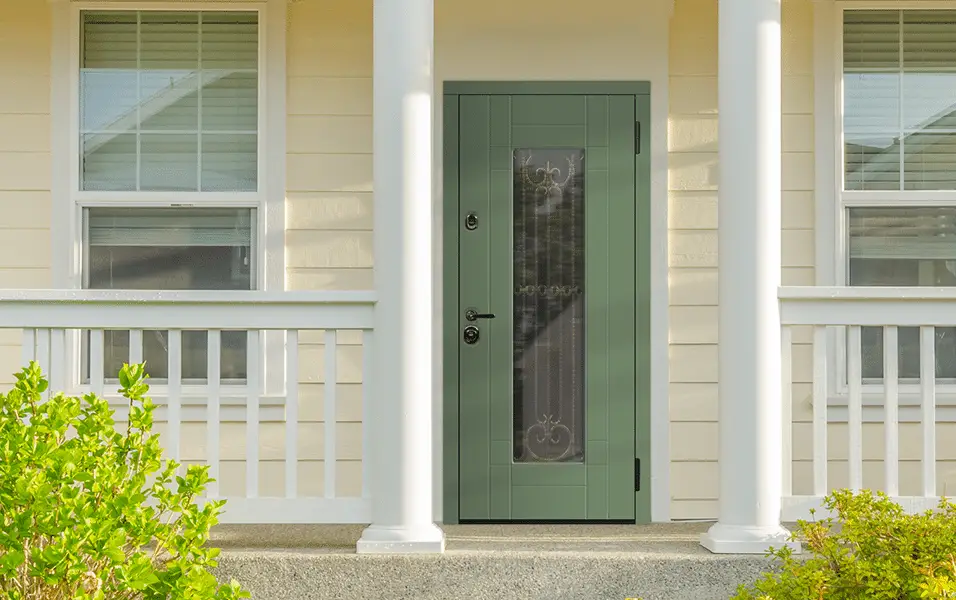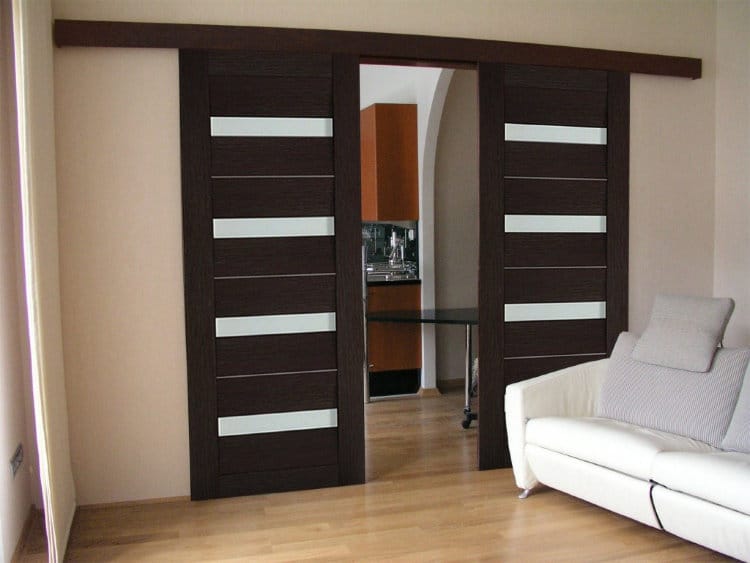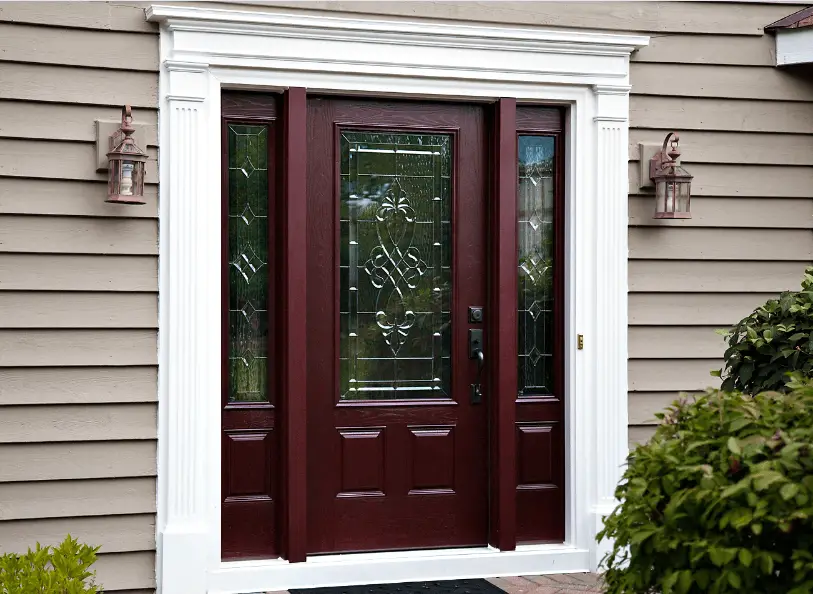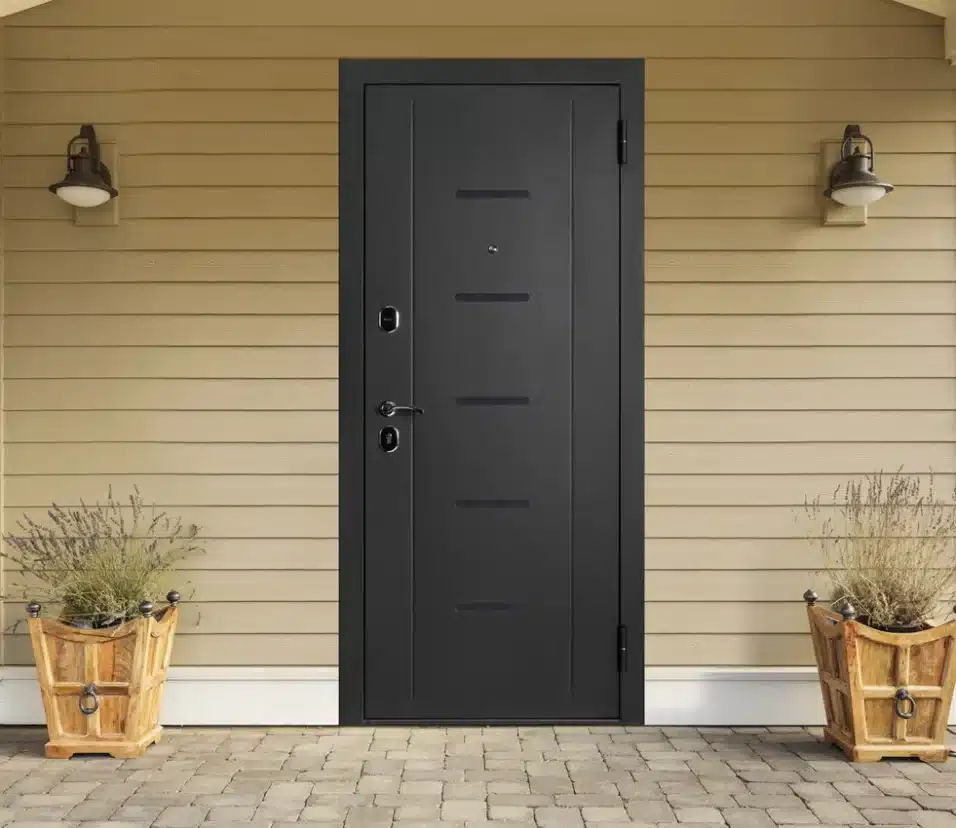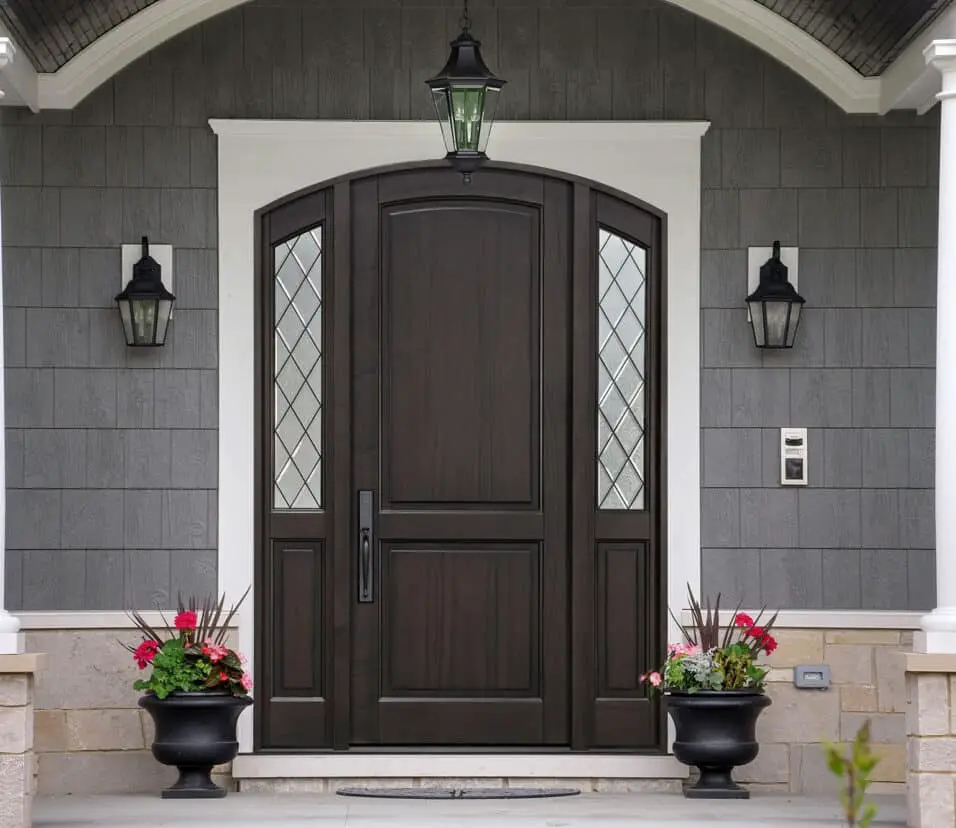How To Replace An Exterior Door Jamb
Introduction
How to Replace an Exterior Door Jamb: Replacing an exterior door jamb may seem daunting at first, but with the right guidance and patience, DIY enthusiasts and homeowners looking to improve their homes’ aesthetics and security can do it. Your exterior door and its jamb are crucial components of your home’s first line of defense against the elements and intruders, making their proper maintenance and occasional replacement essential.
In this comprehensive guide, we will walk you through the step-by-step process of replacing an exterior door jamb. Whether your existing jamb has suffered damage due to wear and tear or you simply want to upgrade to a more energy-efficient and secure option, we’ve got you covered.
Throughout this tutorial, we’ll provide you with a detailed list of tools and materials you’ll need, safety precautions to keep in mind, and a clear, easy-to-follow sequence of instructions. By the end, you’ll have the knowledge and confidence to tackle this project, ensuring that your exterior door not only looks great but also provides the protection and insulation your home deserves.

Can you replace just a door jamb?
Wear and tear after years of use, water damage, cracks and other issues can befall your door jamb making it inoperable or simply an eyesore. However, just replacing one door jamb (and not the other parts of the door frame) is often not recommended because door frames are usually bought as a set that will work together.
Yes, you can replace just a door jamb without necessarily replacing the entire door frame. The door jamb is one of the critical components of the door frame, and it provides the structural support and attachment point for the door.
To replace just the door jamb, you will need to carefully remove the old jamb, including any trim and casing around it. Once removed, you can install a new jamb, ensuring it fits snugly and securely into the existing door frame. This process allows you to maintain the integrity of the frame while replacing the jamb, saving time and effort compared to a full frame replacement.
Can you replace a door jamb without replacing the frame?
Many doors can be replaced without replacing the frame if it’s not deformed or damaged. If the door doesn’t close correctly or there are gaps surrounding it that need insulation, check the door or frame.
Yes, you can replace a door jamb without replacing the entire door frame. The door jamb holds the door and provides a stable connection point.
Replacing a door jamb involves carefully removing the old jamb, which includes removing any trim or casing around it. Replace the jamb and make sure it fits the door frame after removing it. This procedure fixes the jamb without compromising the frame’s structural integrity, saving time, effort, and possibly frame replacement.
What is the difference between door frame and door jamb?
Door jamb versus door frame
A door jamb is an individual section of a door frame. Two side jambs make up the vertical components of the door frame and the head jamb is the top horizontal component. Together, the jambs (along with mullion) comprise the door frame.
A door frame and a door jamb are related components, but they serve different purposes in the context of a door installation.
- Door Frame: The door frame is the entire structure that surrounds the door opening in a wall.
- Door Jamb: The door jamb specifically refers to the vertical side pieces of the door frame.
How much gap between door and jamb?
about 1/8 inch
Ideally, there should be a gap of about 1/8 inch at the top and along each side, and about 3/8 inch at the bottom. Use cardboard spacers or folded matchbooks (four thicknesses equals about 1/16 inch) along with shims underneath to maintain the spacing.
Here are some general guidelines:
- Interior Doors: For standard interior doors, like those found in bedrooms and living rooms, a typical reveal is around 1/8 to 3/16 inch (3 to 5 millimeters). This small gap allows for easy opening and closing of the door without it binding against the jamb.
- Exterior Doors: Exterior doors, such as front doors or back doors, may have a slightly larger reveal, typically between 1/8 and 1/4 inch (3 to 6 millimeters). This extra space accommodates weatherstripping, which helps create a better seal to keep out drafts and moisture.
- Fire Doors: Fire-rated doors often have specific requirements for the size of the reveal to meet safety standards. Check local building codes and manufacturer guidelines for precise measurements.
- Personal Preference: Ultimately, the size of the reveal can also be a matter of personal preference and aesthetics.
What tools do I need to replace a door jamb?
Here’s a step by step guide to help you uninstall a door jamb without splitting the wood. The tools you’ll need are a hammer, utility knife, screwdriver, pry bar, and reciprocating saw. And remember, always wear your PPE – safety glasses, respirator, gloves and sturdy shoes.
Here’s a list of the essential tools you’ll need:
- Safety Gear: Safety should always come first. Wear safety glasses and gloves to protect your eyes and hands.
- Pry Bar: A pry bar or a crowbar is essential for removing the old door jamb and any trim or casing around it.
- Hammer: You’ll need a hammer for various tasks, such as removing nails, tapping in shims, and securing the new jamb in place.
- Screwdriver: A screwdriver, both flathead and Phillips, will be necessary for removing screws and possibly installing new ones.
- Utility Knife: A utility knife is handy for cutting away any caulk or sealant and trimming shims or excess material.
- Measuring Tape: Precise measurements are crucial for ensuring the new jamb fits correctly within the existing frame.
- Level: A level helps ensure the jamb is plumb and level during installation, which is vital for the door’s proper operation.
- Shims: Shims are used to adjust the jamb’s position within the frame and ensure it’s plumb and level.
- Caulk Gun and Caulk: Caulk is used to seal gaps and cracks around the jamb for weatherproofing and insulation.
- Nail Gun or Finish Nails: If you prefer, a nail gun can speed up the installation process, or you can use a hammer and finish nails to secure the jamb.
- Saw: A saw may be needed to trim the new jamb to the correct length or make adjustments for a proper fit.
- Sanding Block or Sandpaper: To smooth rough edges and surfaces after cutting or trimming.
- Wood Glue: Wood glue can help reinforce the joints and ensure a sturdy jamb installation.
Can I put a new exterior door in an existing frame?
Hanging a front door in an existing frame
Cut the door to length with a portable circular saw. Use a utility knife to score the outline of the new hinges onto the edge of the door.
Yes, it is possible to install a new exterior door in an existing frame, but there are some important considerations to keep in mind:
- Size Compatibility: The new door should be the same size as the existing frame. If it’s larger or smaller, you may need to adjust the frame or order a custom-sized door.
- Hinge Placement: Ensure that the new door’s hinge locations match the hinge locations on the existing frame. If they don’t align, you’ll need to modify the frame or the door.
- Threshold and Sill: Check that the threshold and sill of the new door are compatible with the existing frame. They should fit snugly without gaps to maintain energy efficiency and weatherproofing.
- Security and Lockset: Verify that the new door’s lockset aligns with the existing frame’s lockset location. If not, you may need to drill new holes or modify the frame to accommodate the hardware.
- Weatherproofing: Proper weatherstripping and sealing are critical for exterior doors. Make sure the new door provides adequate weatherproofing and that it fits tightly within the frame to prevent drafts and moisture infiltration.
- Aesthetics: Consider the aesthetic compatibility of the new door with the existing frame and the overall style of your home.
While it is possible to use an existing frame, it’s important to assess its condition.
What material is used for door jambs?
The jamb is installed perpendicular to the wall and is fixed to the rough framing of the wall, providing a stable and secure foundation for the door. Door jambs come in different materials, including wood, vinyl, aluminum, and composite materials such as fiberglass.
The selection of material often depends on factors like cost, aesthetics, and the specific application.
Here’s a brief overview of these materials:
- Solid Wood: Solid wood door jambs are durable and provide a classic, natural appearance. Common wood species used for jambs include pine, oak, and fir.
- Engineered Wood: They are often less expensive than solid wood and can be a good choice for those on a budget.
- PVC or Vinyl: In some cases, especially for exterior door jambs, PVC or vinyl jambs are used. These materials are resistant to moisture and require minimal maintenance. They are commonly used in areas with high humidity or exposure to the elements.
- Aluminum: For commercial or industrial applications, aluminum door jambs may be used due to their strength and durability.
The choice of material depends on your specific needs and preferences. Solid wood offers a traditional and elegant look, while engineered wood provides stability and affordability.
Is a door jamb necessary?
Without a door jamb, you wouldn’t have any place in your home to hang your exterior or interior doors.
Yes, a door jamb is a crucial component of a door frame, and it is necessary for several reasons:
- Structural Support: The door jamb provides structural support to the door frame, keeping it stable and secure. It prevents the frame from twisting or warping, which could affect the door’s operation.
- Hinge Attachment: They allow the door to swing open and closed. Without the jamb, there would be no secure way to attach the hinges.
- Weatherproofing and Insulation: The door jamb helps create a seal between the door and the frame. This seal is essential for weatherproofing, preventing drafts, and maintaining temperature control inside the building. Without a jamb, there would be gaps around the door, leading to energy loss and potential water infiltration.
- Security: The jamb plays a role in the security of the door. It provides a sturdy anchor for the door’s locking mechanism, making it difficult for intruders to force the door open.
In summary, a door jamb is a critical component that contributes to the functionality, security, and energy efficiency of a door. It’s not just a decorative element but an essential part of the door frame structure.

Conclusion
Replacing an outside door jamb is a gratifying home improvement that improves security and appearance. We’ve shown you how to gather tools and materials, remove the old jamb, and install the new one.
By following this guide, you’ve not only acquired the practical skills needed for this task but also ensured the continued efficiency of your exterior door frame. A well-maintained jamb offers improved insulation, keeping your home comfortable year-round, and reinforces the security of your dwelling, protecting your loved ones and possessions.
Remember, throughout this process, safety should always be a top priority. Follow the recommended safety precautions to avoid accidents or injuries. If you encounter any unexpected challenges or feel unsure at any point, don’t hesitate to seek professional assistance. Admire your newly installed external door jamb and be proud of your home repair job. Your property’s worth and durability have increased.



